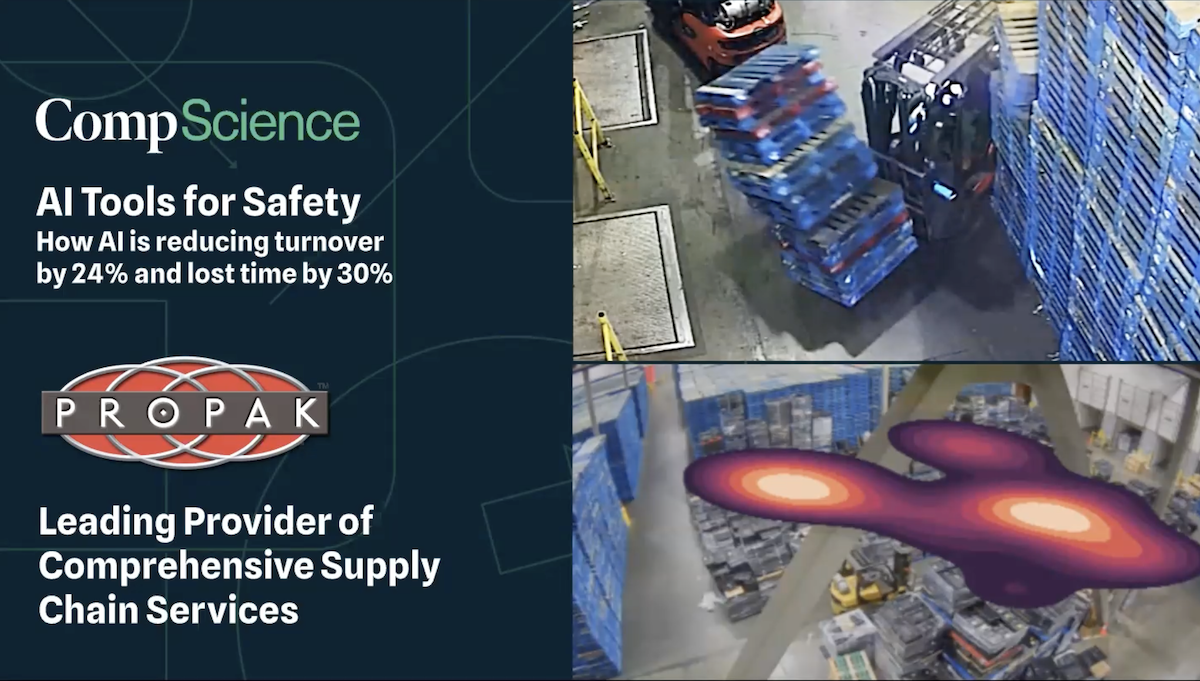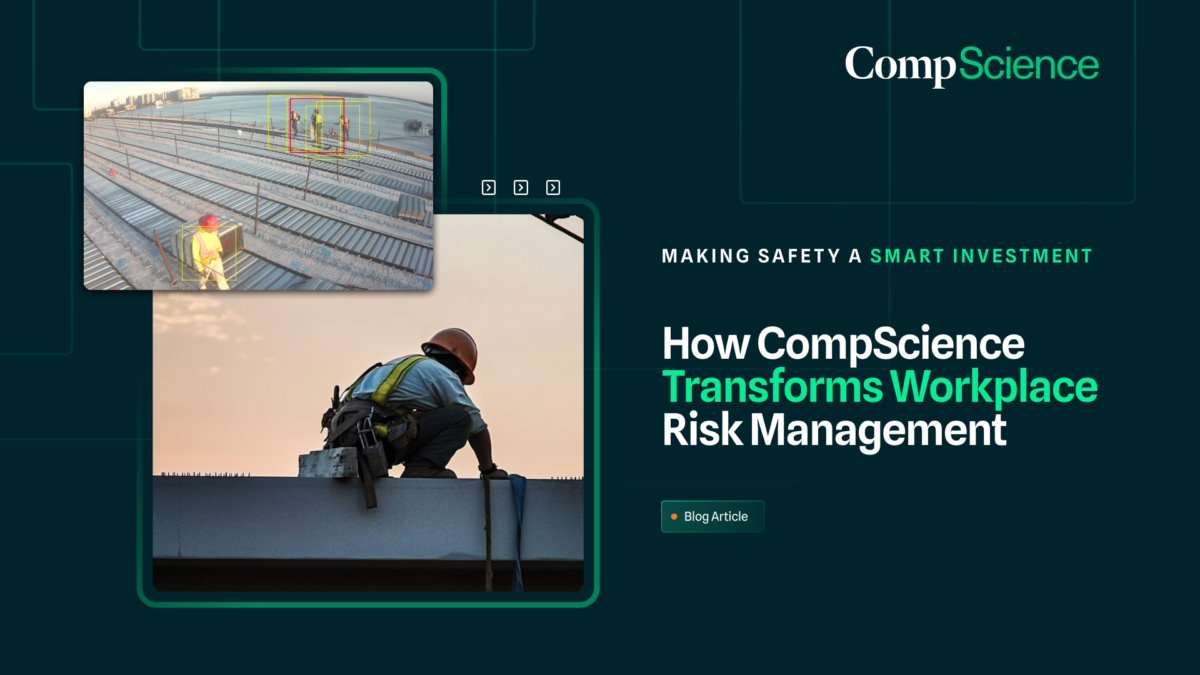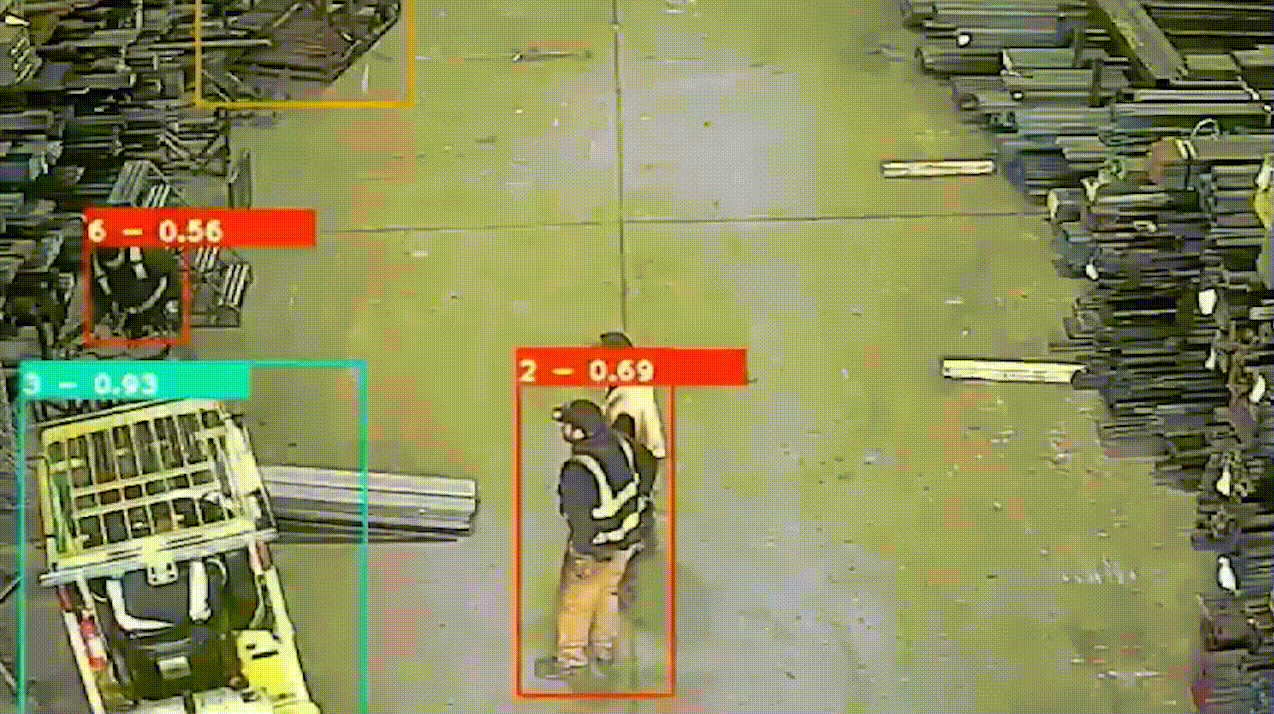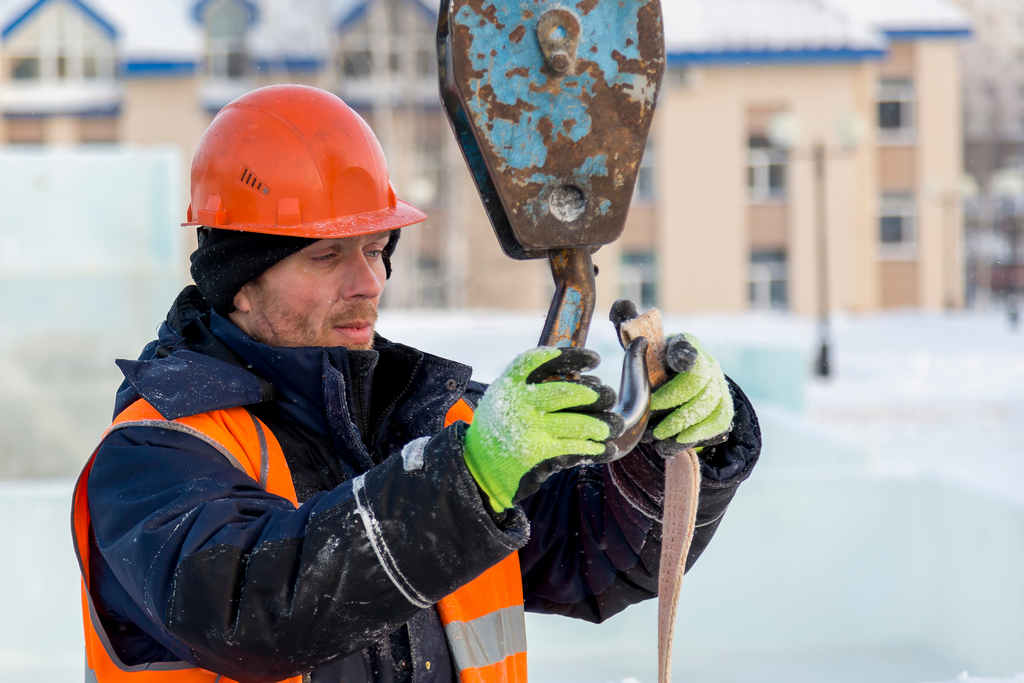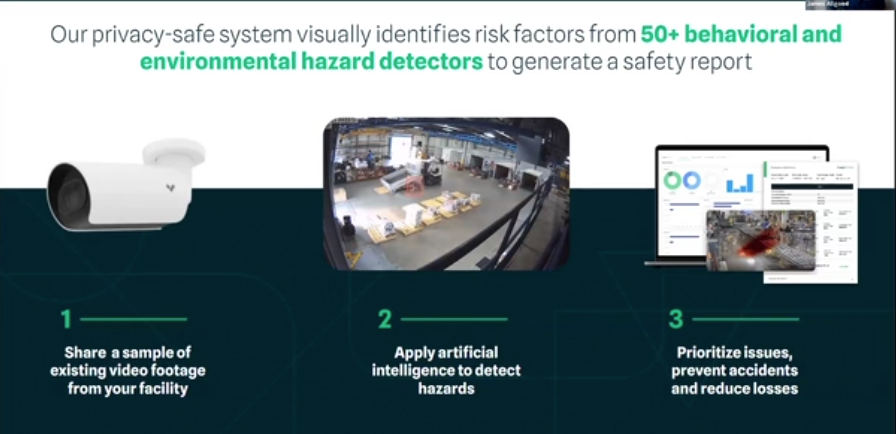Computer Vision, Insight, Workplace Safety
Revolutionizing Safe Lifting and Material Handling with Computer Vision
Injuries resulting from improper lifting and material handling are a significant concern in workplaces across various industries. These injuries not only affect the well-being of employees but also result in considerable downtime and financial losses for companies. Training employees in proper lifting techniques and the safe handling of heavy or awkward objects is crucial. However, ensuring adherence to these practices in daily operations poses a challenge. Here, computer vision technology emerges as a powerful ally, offering innovative solutions to promote and monitor safe lifting and material handling practices effectively.
Proper Lifting Techniques to Prevent Injuries
One of the foundational elements of preventing lifting-related injuries is the education and implementation of proper lifting techniques. Traditional training methods can be enhanced with computer vision by providing real-time feedback. For instance, computer vision systems equipped with posture recognition algorithms can analyze workers’ lifting techniques as they perform their tasks. When the system detects improper lifting – such as bending at the waist instead of the knees, or twisting the spine while carrying a load – it can immediately alert the worker and suggest corrective actions. This instant feedback mechanism reinforces proper techniques and helps in building muscle memory, reducing the risk of injury over time.
Safe Handling of Heavy or Awkward Objects
Handling heavy or awkward objects requires not just strength but also the correct approach to prevent strain and injury. Computer vision can identify situations where employees might be at risk due to the size, shape, or weight of the objects they are handling. By recognizing these scenarios, the system can prompt workers to use safer handling methods or to seek assistance from colleagues, ensuring that tasks involving heavy or awkward items are managed with minimal risk.
The Use of Mechanical Aids
Mechanical aids like carts, forklifts, and hoists are indispensable in minimizing physical strain on workers during lifting and material handling tasks. Computer vision can monitor the utilization of these aids, verifying that heavy or bulky items are being moved correctly. Furthermore, it can ensure that mechanical aids are used when necessary, alerting employees when they attempt to manually handle loads that exceed safe lifting thresholds. This not only promotes the use of aids designed to prevent injury but also supports adherence to workplace safety regulations.
Demonstrations of Safe Lifting and Material Handling
Demonstrations play a critical role in teaching and reinforcing safe lifting and material handling practices. Through augmented reality (AR) powered by computer vision, workers can participate in interactive demonstrations that simulate various lifting scenarios. These simulations can provide a hands-on learning experience without the risk of real-world injuries. Participants can practice lifting virtual objects of different sizes and weights, receiving feedback on their posture and technique in real-time. This approach not only makes training more engaging but also allows for a personalized learning experience, catering to the specific needs and weaknesses of each worker.
Conclusion
Computer vision technology offers a transformative approach to enhancing safety in lifting and material handling tasks. By providing real-time monitoring and feedback, facilitating the proper use of mechanical aids, and offering innovative training solutions, computer vision supports a proactive safety culture. As industries continue to adopt this technology, the potential for reducing injuries associated with improper lifting and material handling grows, promising safer workplaces and healthier employees. This integration of technology into safety practices marks a significant step forward in preventing workplace injuries, illustrating the power of computer vision in fostering environments where safety is paramount.

